‘We would have missed so much’: How VR can help inclusive research
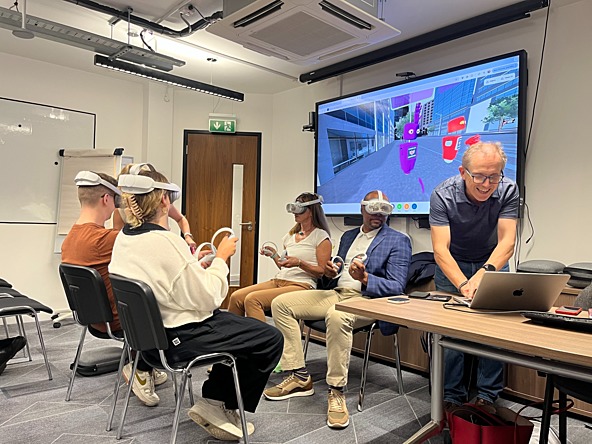
Speaking at an MRS Unlimited event in London last week, Mutzenich, founder at Anthrometric, discussed research carried out with Professor Gary Burnett at Loughborough University that used VR to examine people’s reactions to crisis situations when travelling in self-driving taxis. The project was commissioned by the Department for Transport.
The study saw participants wearing VR headsets exposed to six crisis situations that could be encountered in a self-driving taxi: flood, a fire, a collision, a pedestrian trying to access the taxi, a passenger being unwell, and the taxi getting lost.
The research team examined the responses of the participants to the crisis scenarios, as well as carrying out focus groups with participants and issuing pre- and post-scenario questionnaires to capture the emotional responses to the experiment and attitudes to self-driving cars in general.
Mutzenich said that the emergency situations were designed to be realistic, and the research team engaged with advocacy groups focused on self-driving automobiles to find out what scenarios should be included in the experiment. Sessions were paced in a way to allow everyone to have time to familiarise themselves with the VR world and could be paused at any time, with a moderator also present virtually as well as in-person.
Some of the most interesting data captured by the VR experiment, according to Mutzenich, would otherwise have been lost with other more traditional forms of research, and included behavioural and emotional responses. “Hesitancy and confusion are still data. It is really interesting that people ‘freeze’ rather than act or react – that’s actually data,” said Mutzenich.
“VR allows us to see what people do rather than just what they say. Quite a lot traditional research relies on recall or opinion, like ‘what you would do if this happened’, while with VR we can simulate the real world and observe what people do in the moment. We see hesitation, confusion, problem-solving and panic, but also things people don’t repeat as they don’t remember that was what happened in the moment.”
The study recruited participants widely from across protected characteristics from the Equality Act 2010, with the study particularly focused on how to make sure that self-driving taxis would be able to cater for diverse needs.
This meant making the technology itself accessible. “Inclusive VR means designing and adapting the method so that anyone can take part,” said Mutzenich. “We can all run a realistic simulation, but if it is not accessible, you just created another exclusive system.”
The team considered how to help people with accessibility issues use the VR technology, including liaising with charities that had expertise with certain demographics, for example, to help design a more inclusive VR experience. Mitigations were put in place for some groups to make them feel more comfortable using the technology. However, there were still issues with the VR headsets – they were difficult to use when wearing some religious headwear, for example, and some people had difficulties with motion sickness from using the technology.
Mutzenich said that the study highlighted how designing from “the edge” can be hugely beneficial for brands. “It is the edge cases that are really important, not the mainstream, and so design your methods with the needs of people who are underrepresented in mind, so not just the typical participant,” she added. “That creates a method that is flexible enough to just roll with what people need. If you design for the average person, you will end up with products that don’t work for certain people.”
Overall, the inclusive design element was helped by the VR, said Mutzenich. “We would have missed so much without the inclusivity of this method – the hesitation and the freeze responses when a scenario was emotionally charged or changed quickly was very telling. We learned that any data was good data; we didn’t need participants to complete every scenario to get a polished, ‘perfect’ version of data. If someone paused or froze, that was very insightful.
“Everyone has something to say, and our job as researchers is to adapt the method so people have a chance to say it. Instead of designing for standardisation, it is making it messy so you get that insight and hear those voices.
“If you don’t design something that people can use, then you will have a lot of users who won’t use it, and it will fail.”
(Picture: Volunteers at the MRS Unlimited event try out the VR headsets)

We hope you enjoyed this article.
Research Live is published by MRS.
The Market Research Society (MRS) exists to promote and protect the research sector, showcasing how research delivers impact for businesses and government.
Members of MRS enjoy many benefits including tailoured policy guidance, discounts on training and conferences, and access to member-only content.
For example, there's an archive of winning case studies from over a decade of MRS Awards.
Find out more about the benefits of joining MRS here.




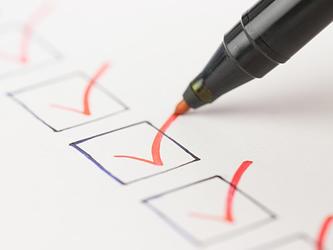

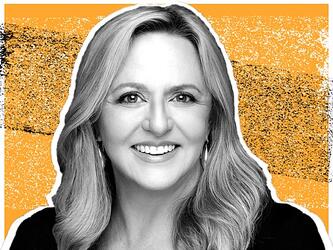
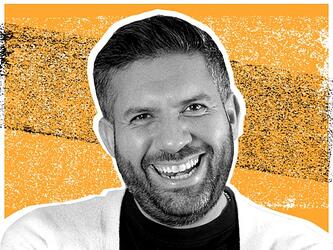
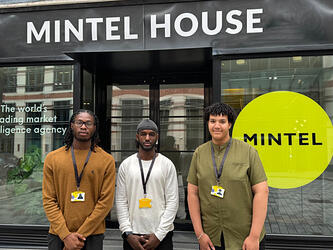

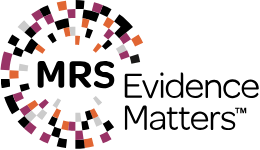


0 Comments